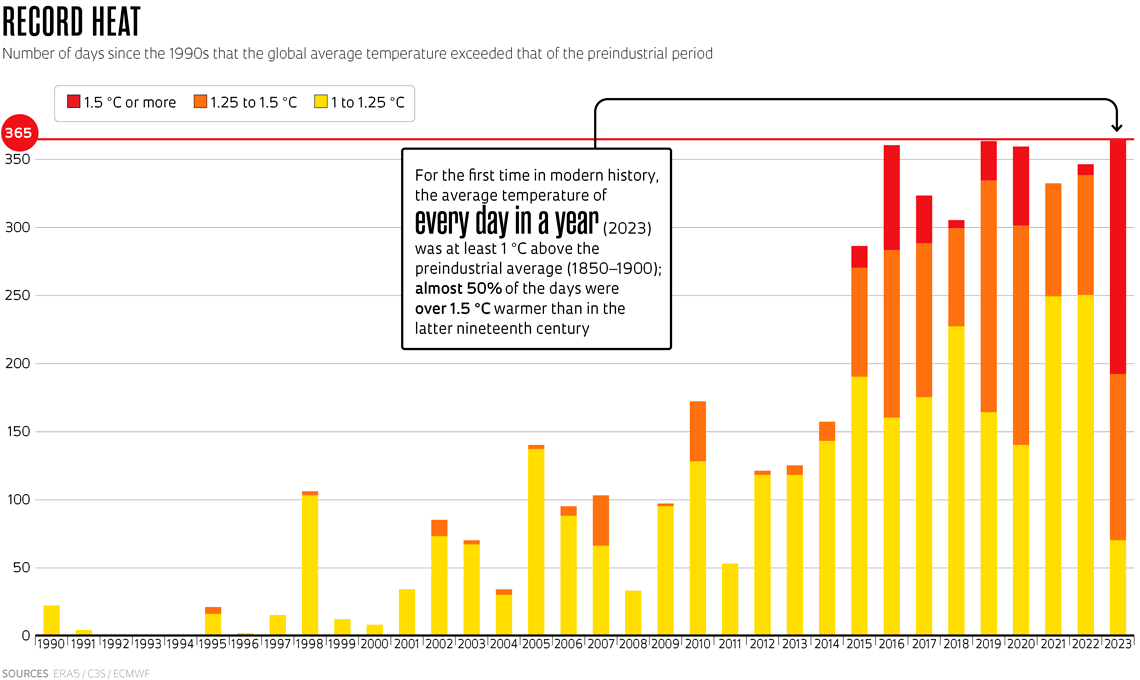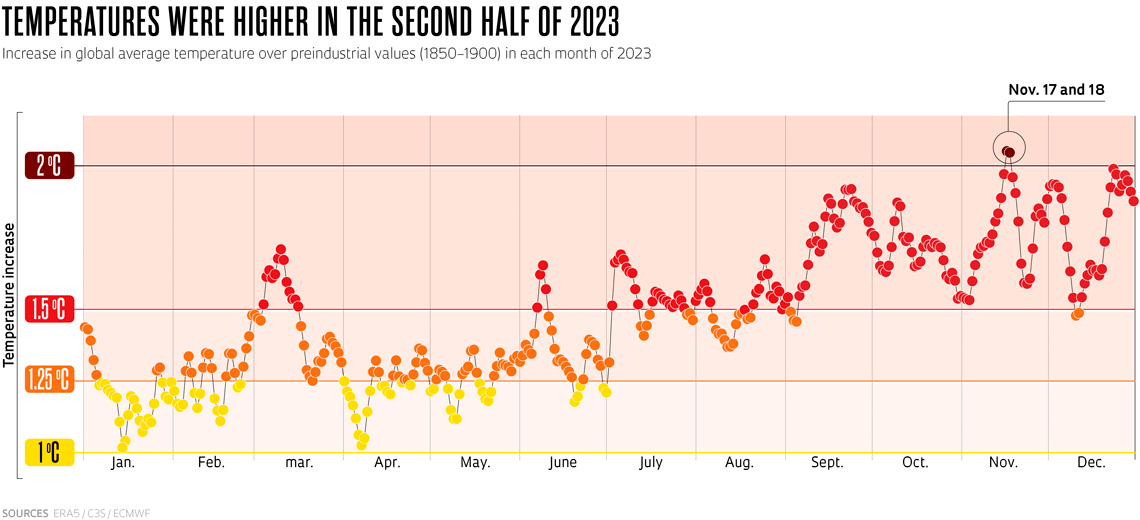Acting Chair: Gary Dingle
Environment & Climate Justice – NAACP
Climate change and environmental injustice: we work to address the many practices that are harming Black communities nationwide and worldwide. We fight for the policies needed to rectify these impacts and advance a society that fosters sustainable, cooperative, regenerative communities that uphold all rights for all people in harmony with the earth.
https://www.epa.gov › environmental justice
https://www.justice.gov › usao-edmi › environmental-justice
https://www.epa.gov › environmental justice › environmental-justice-your-community
Examples of Environmental Injustice Ben Crump Law, PLLC
Some examples of environmental injustice include contaminated water sources, air pollution, and health problems in a community. 800-959-1444 Español EspanolMedia Requests Free Consultations / No Fees Until We Win 800-959-1444 About Our Attorneys Our Offices Results Advocacy National Practice Areas Birth Injury Truvada Lawsuit Personal Injury
Examples of Environmental Injustice Ben Crump Law, PLLC
Some examples of environmental injustice include contaminated water sources, air pollution, and health problems in a community. 800-959-1444 Español EspanolMedia Requests Free Consultations / No Fees Until We Win 800-959-1444 About Our Attorneys Our Offices Results Advocacy National Practice Areas Birth Injury Truvada Lawsuit Personal Injury


What does it mean to have increasing temperatures?
Learn more
“Increasing world temperatures” refers to the gradual rise in the Earth’s average surface temperature over time, primarily caused by human activities like burning fossil fuels which release greenhouse gases that trap heat in the atmosphere, leading to a warming planet with potential impacts like more extreme weather events, rising sea levels, and disrupted ecosystems.
Key points about increasing world temperatures:
Cause:
Primarily driven by human-generated greenhouse gases like carbon dioxide, which trap heat in the atmosphere.
Measurement:
Scientists track the average global temperature, comparing it to historical baselines to measure the increase.
Impacts:
More frequent and intense heatwaves
Rising sea levels due to melting glaciers and ice sheets
Changes in precipitation patterns, leading to more extreme droughts and floods
Disruption of ecosystems and wildlife habitats
Potential for increased spread of diseases
